


Michael Küffmeier (Marie Skłodowska-Curie global fellow)
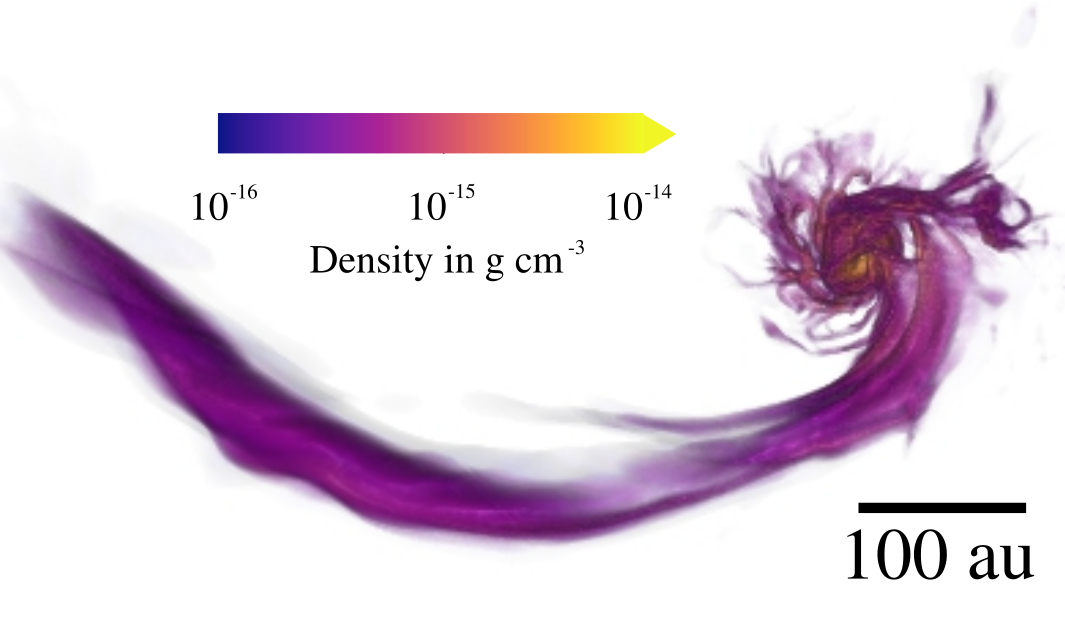
Model constraints on the mass reservoirs of forming disks
Sigurd Jensen, Jaime Pineda, Paola Caselli (all MPE), Troels Haugbølle (NBI)
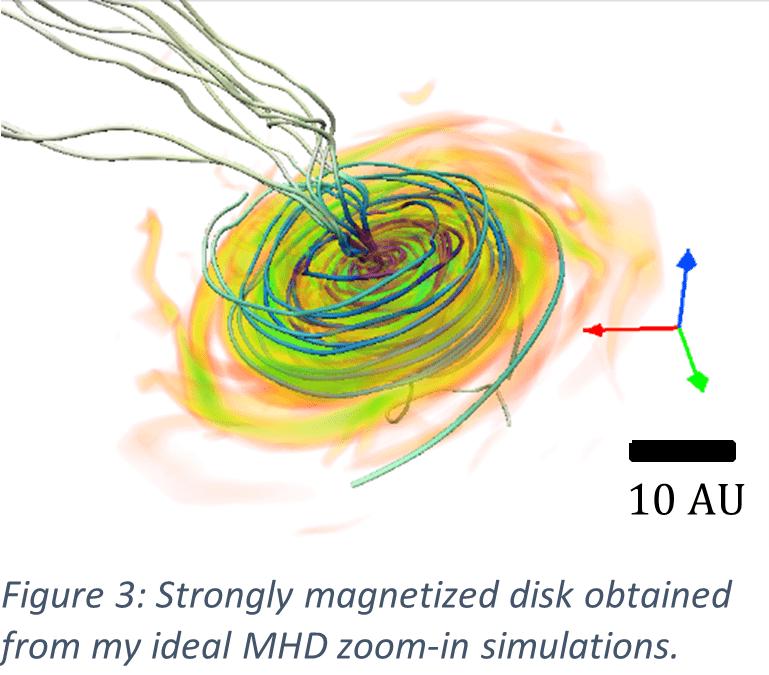

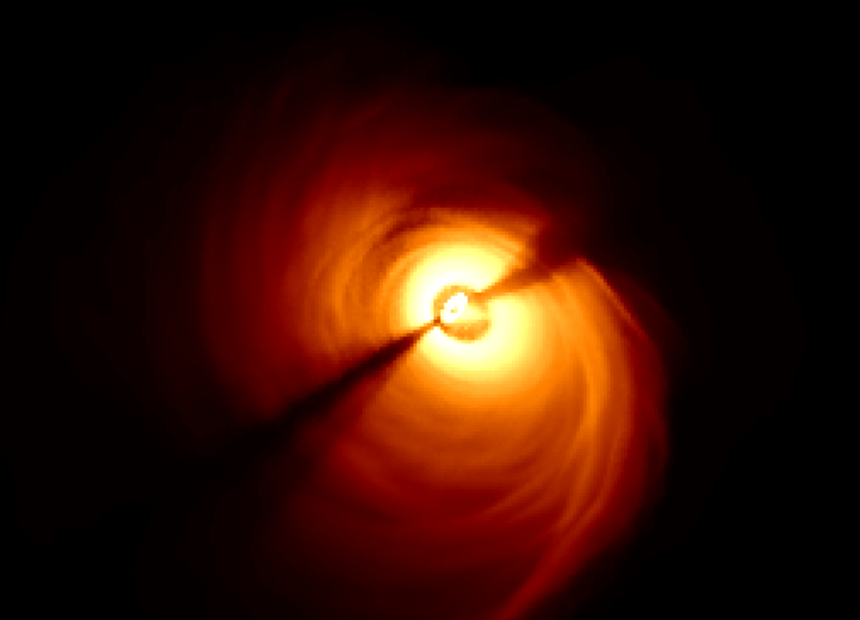
Let's go back in time to the year 2014
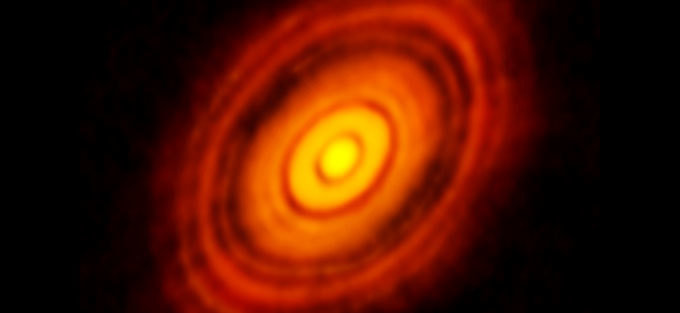
The classical picture
credit: M. Persson
star formation
planet formation

History of modeling disk formation
spherical core collapse:
rotation
magnetization (mass-to-flux ratio)
non-ideal MHD effects
dust evolution
turbulence
useful for parameter studies
Bonnor-Ebert sphere
or uniform density
History of modeling disk formation

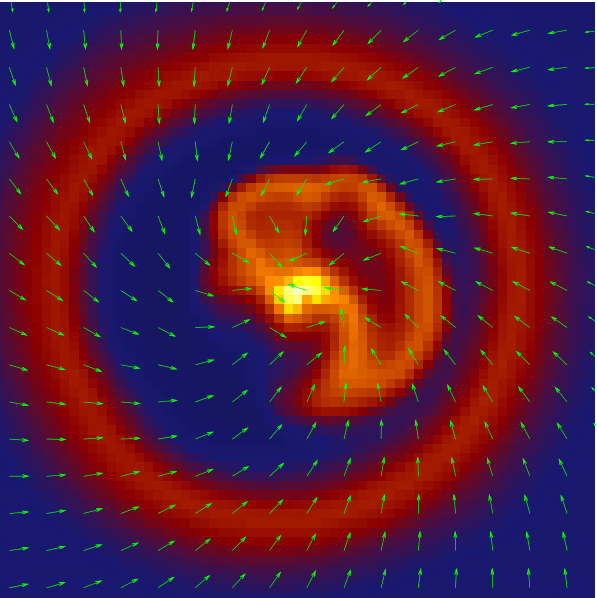

What about magnetic fields?
Help! Where is the disk?!
Santos-Lima et al. 2012
Hydro
ideal MHD
Magnetic braking catastrophe
Angular momentum is transported too efficiently away from the disk
History of modeling disk formation




What about magnetic fields?
Help! Where is the disk?!
Ohmic, Ambipolar, Hall
Santos-Lima et al. 2012
Hydro
ideal MHD
non-ideal MHD
non-ideal MHD is not a single parameter (Wurster et al. 2018, Kuffmeier et al. 2020)
Achtung!
Comprehensive reviews:
Wurster & Li 2018 or Tsukamoto et al 2023 (PPVII chapter)
Streamers!



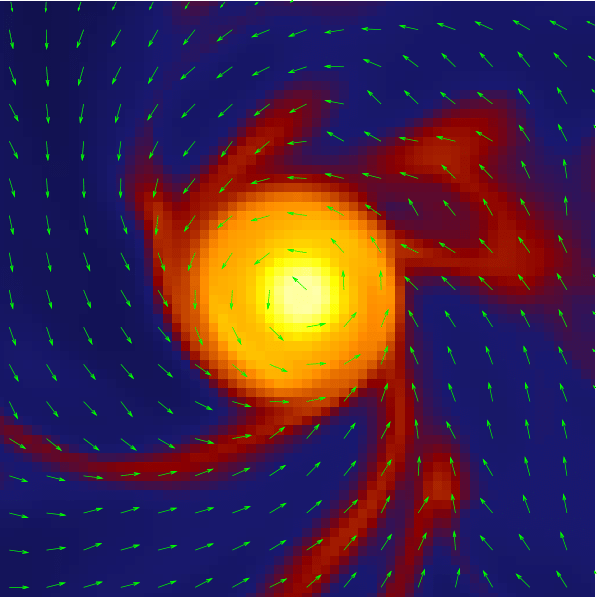

What about magnetic fields?
Help! Where is the disk?!
Ohmic, Ambipolar, Hall
Turbulence
Santos-Lima et al. 2012
Hydro
ideal MHD
non-ideal MHD
turbulence + MHD
Other effect: dust
dust growth weakens magnetic braking => larger disks
Zhao et al. 2018, Marchand et al. 2020
dust-rich disks from collapse
"ash-fall" scenario
Tsukamoto et al. 2021
Lebreuilly et al. 2020
dust accumulates
Is this the full picture?
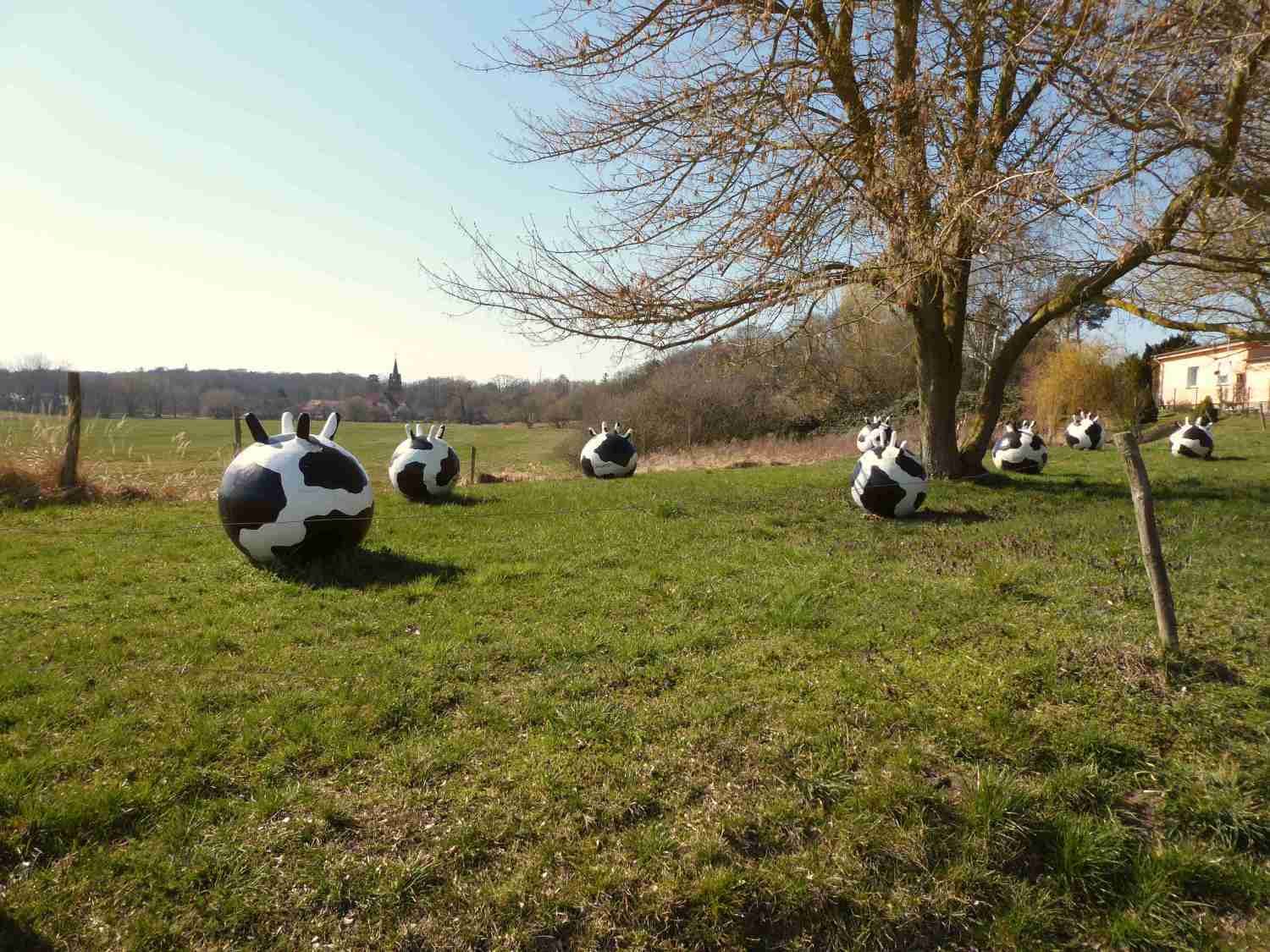
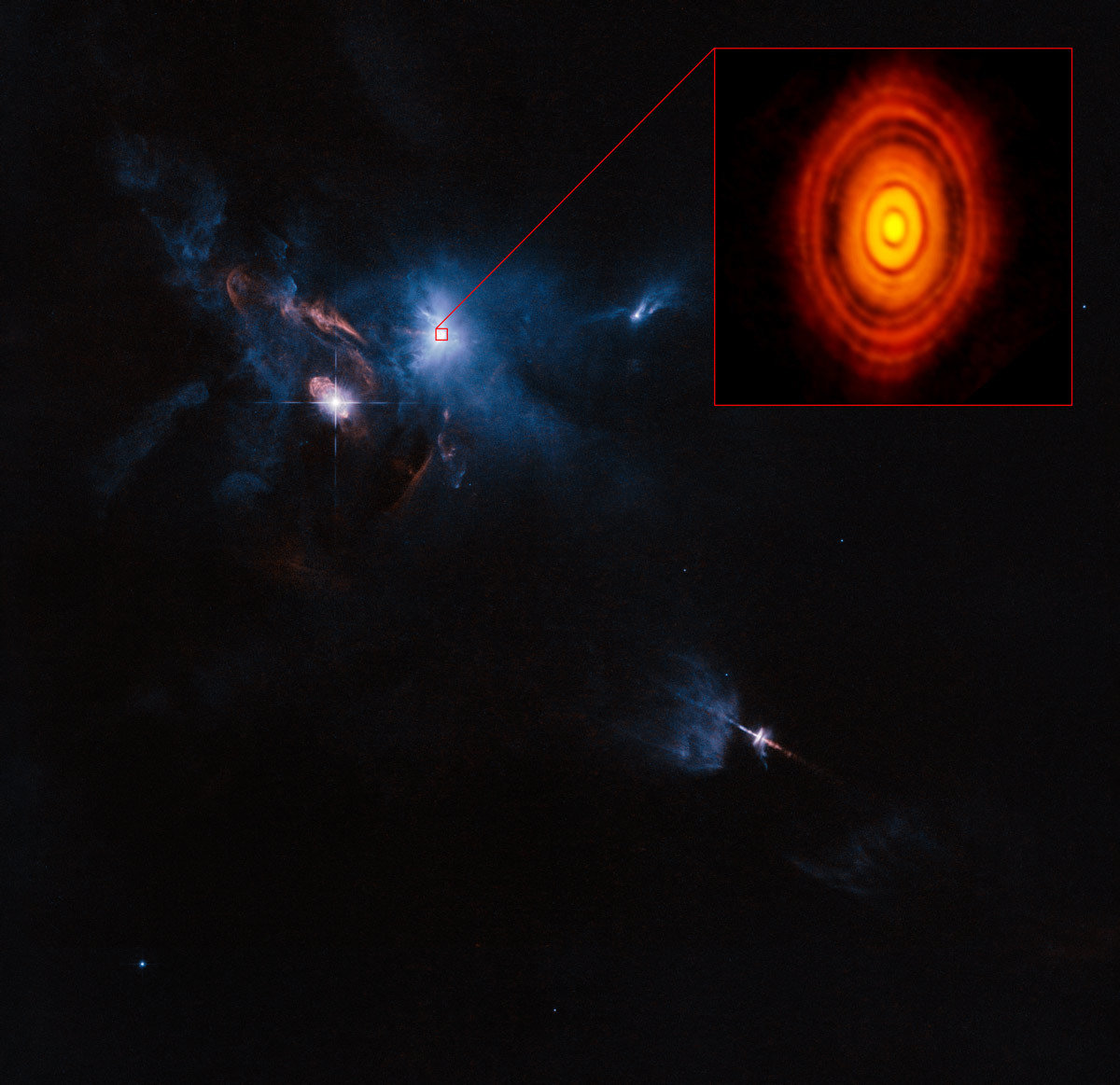
Credit: ALMA (ESO/NAOJ/NRAO)
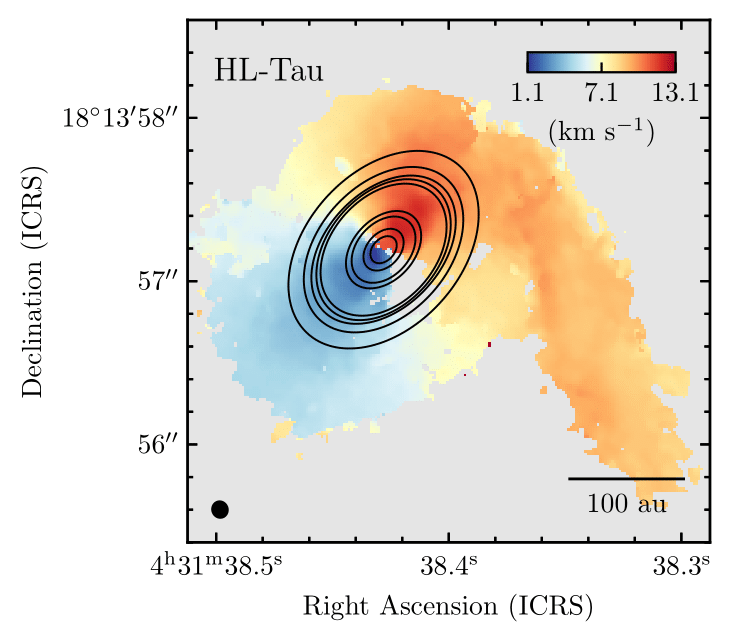
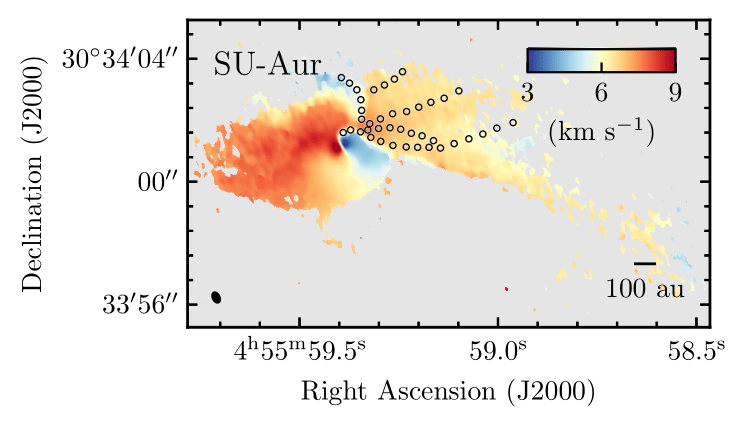
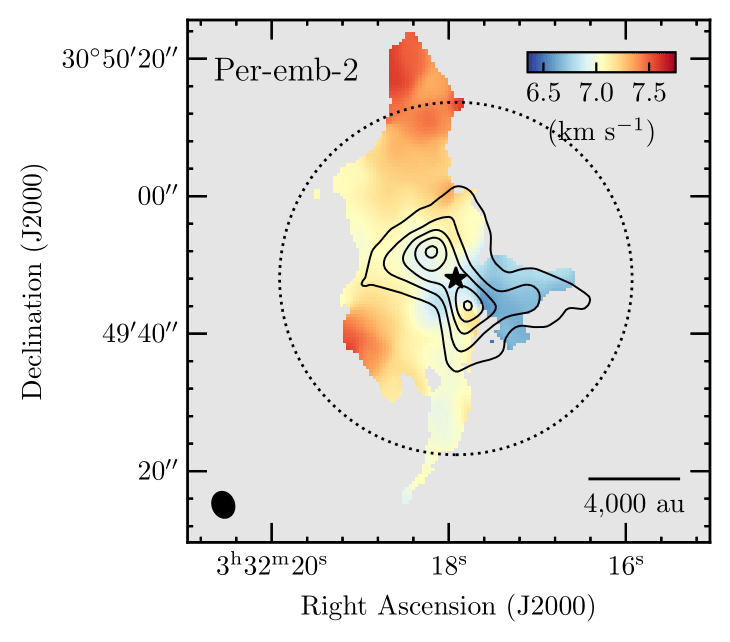
Ginski et al. 2021
Yen et al. 2019
Garufi et al. 2021
Pineda et al. 2020
50 au
BHB1 (Alves et al. 2020), GM Aur (Huang et al. 2021), IRS 63 (Segura-Cox in prep.), AB Aur (Grady et al. 1999 / Fukagawa et al. 2004), M512 Grant et al. 2021, Cacciapuoti in prep.), ...
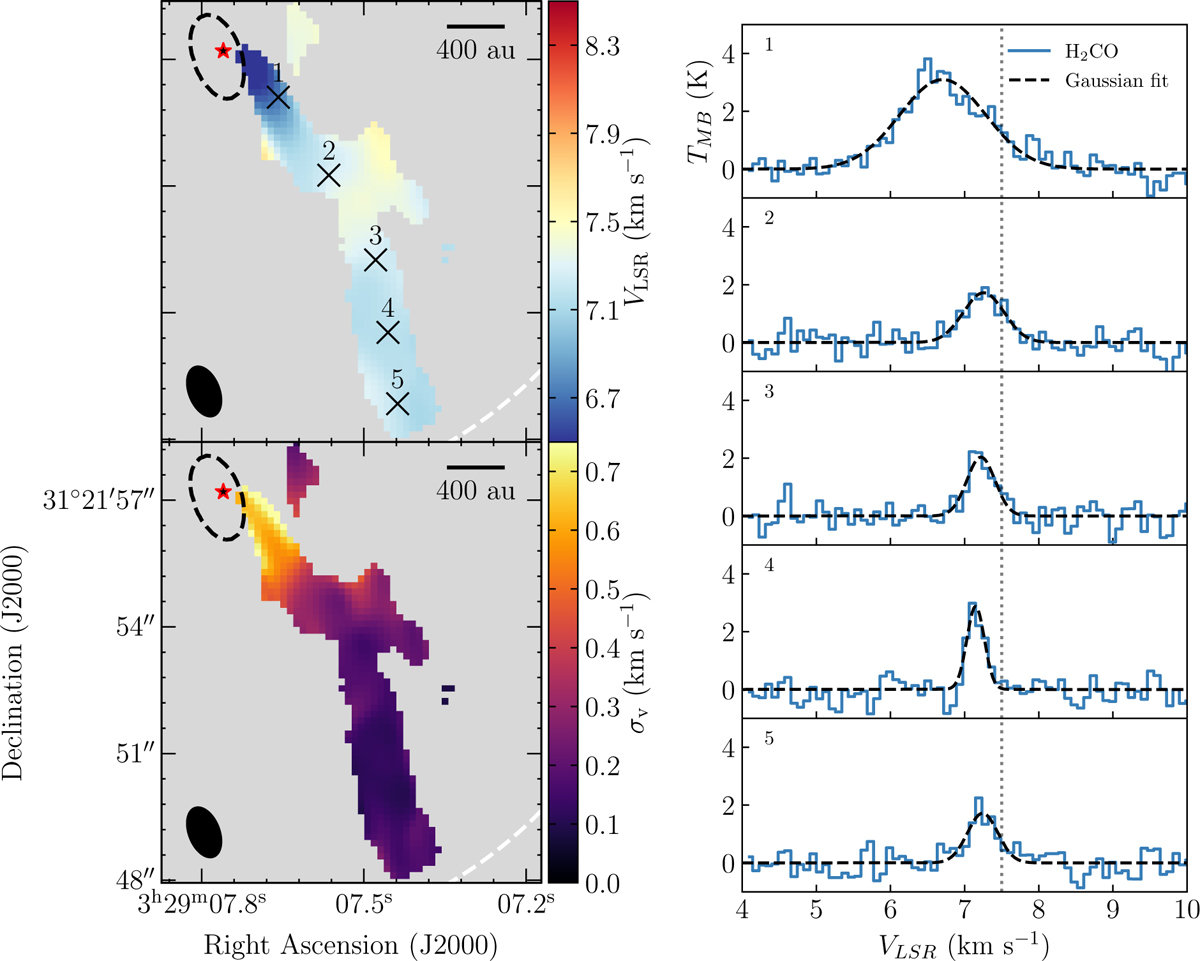
Per-emb-50
Valdivia-Mena et al. 2022
Science question:
Can we get better (statistical) constraints on the relevance and importance of (late) infall from existing simulation data?
Streamers: recall A. Gupta's talk
Model star formation in a Molecular Cloud
isothermal magnetohydrodynamical (MHD) with driven turbulence
adaptive mesh refinement (AMR) simulations with RAMSES
maximum resolution: ≈25 au (level of refinement: 15), root grid about ≈1600 au (level 9)
Total mass: 3000 solar masses
periodic boundary conditions
altogether 321 sink particles at last snapshot (2 Myr after the formation of the first star)

simulation setup including detailed description of sink recipe presented in Haugbølle+2018
Küffmeier, Jensen & Haugbølle '23
Late infall is common for stars*
*unless they remain tiny
On average, stars with final masses of more than 1 solar mass accrete more than 50 % of their mass after 500 kyr
Note that some protostars still accrete after 1.2 Myr
Küffmeier, Jensen & Haugbølle '23
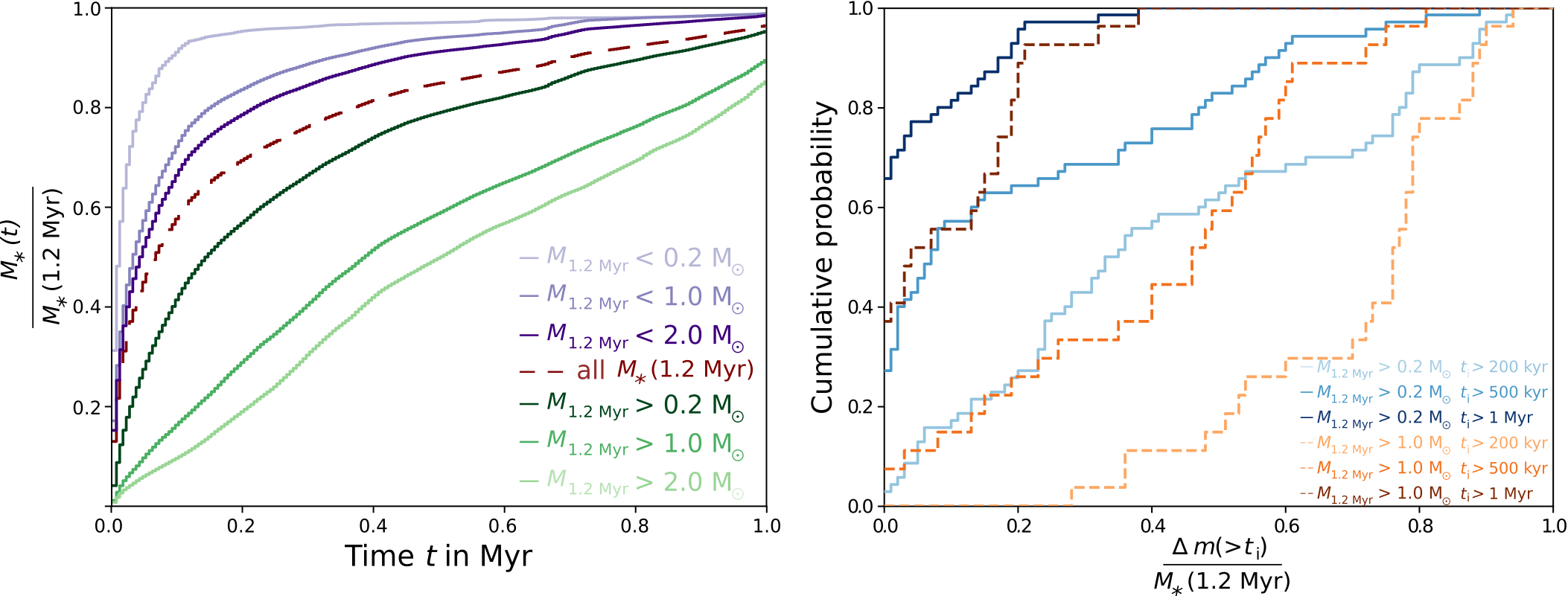
Origin of accreting gas
The accretion reservoir can extend beyond the core
(see also Smith+ 2011, Kuznetsova et al. 2020, Pelkonen+ 2021)
Two phase process:
Initial collapse followed by varying amount of post-collapse infall
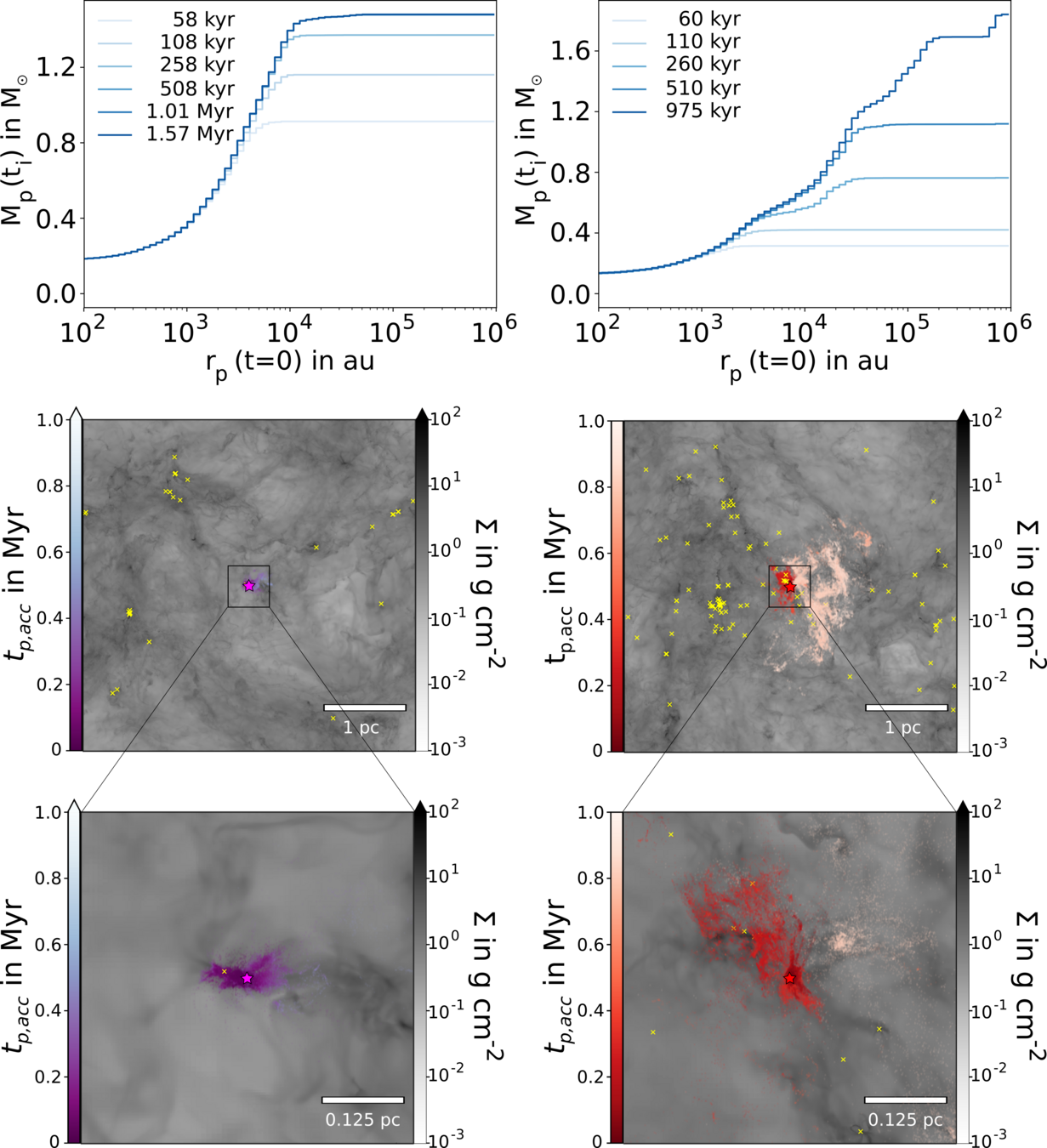

Results:
Possibility of replenishing and refreshing the mass and chemical budget
Küffmeier, Jensen & Haugbølle '23
YSOs can appear younger than they really are
How old is the protostar?




Küffmeier, Jensen & Haugbølle '23
A poor analogy to a conference
Session start
Coffee break!






Streamers & shadows: signs of infall
Formation of misaligned configuration (Thursday morning in S13d)
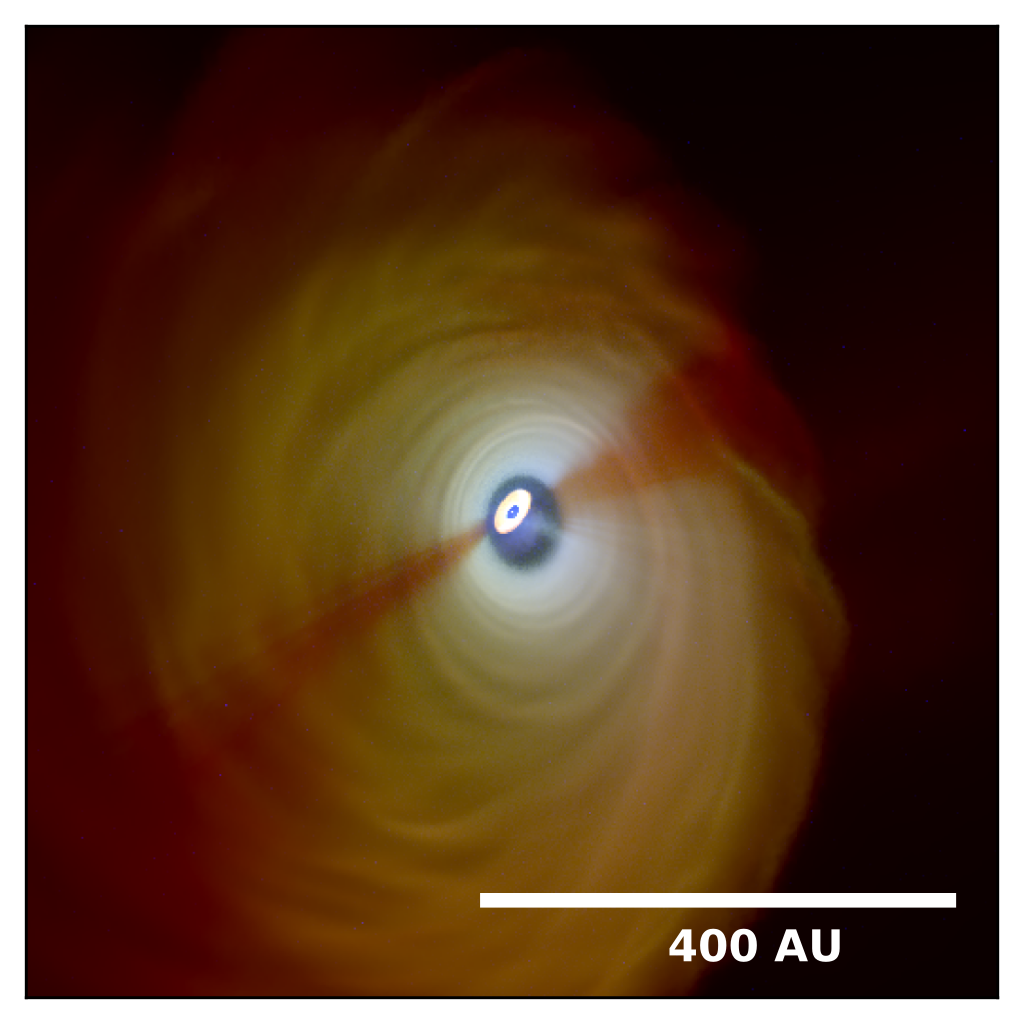
synthetic image
Küffmeier, Dullemond, Reissl & Goicovic 2021

Ginski et al. 2021 (see also Labdon et al. 2023)
300 au
in agreement with Bate 2018
Summary
Pineda ... Küffmeier et al. 'Protostars and Planets VII'
.
.
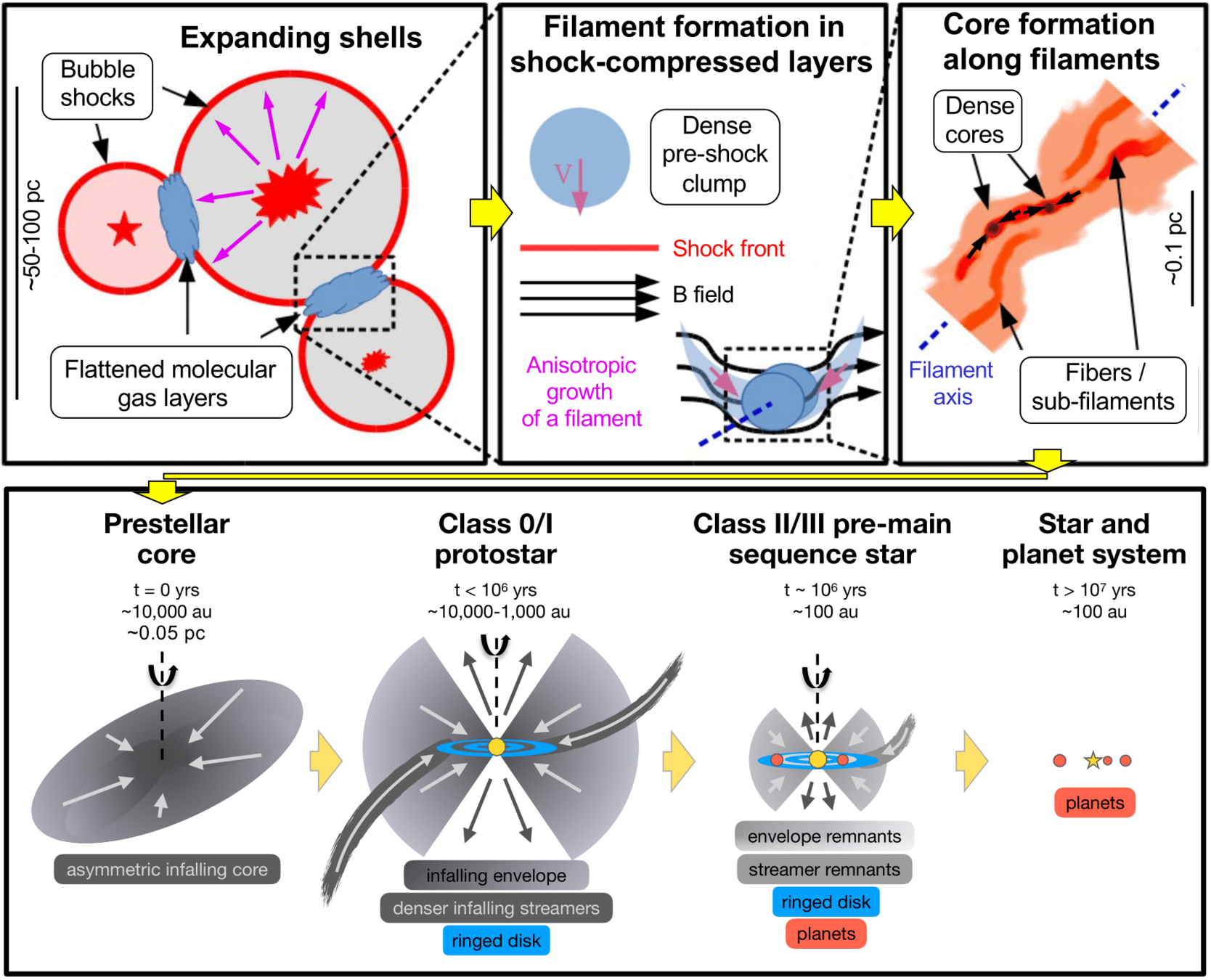
Segura-Cox et al. in prep.
Star & disk can be replenished by infall of initially unbound material
YSOs can be rejuvenated
Zoom-in on embedded protostars

Küffmeier, Calcutt & Kristensen 2019
bridge structure similar to IRAS 16293--2422 (e.g. Sadavoy+ 2018, van der Wiel+ 2019, Maureira+ 2020)
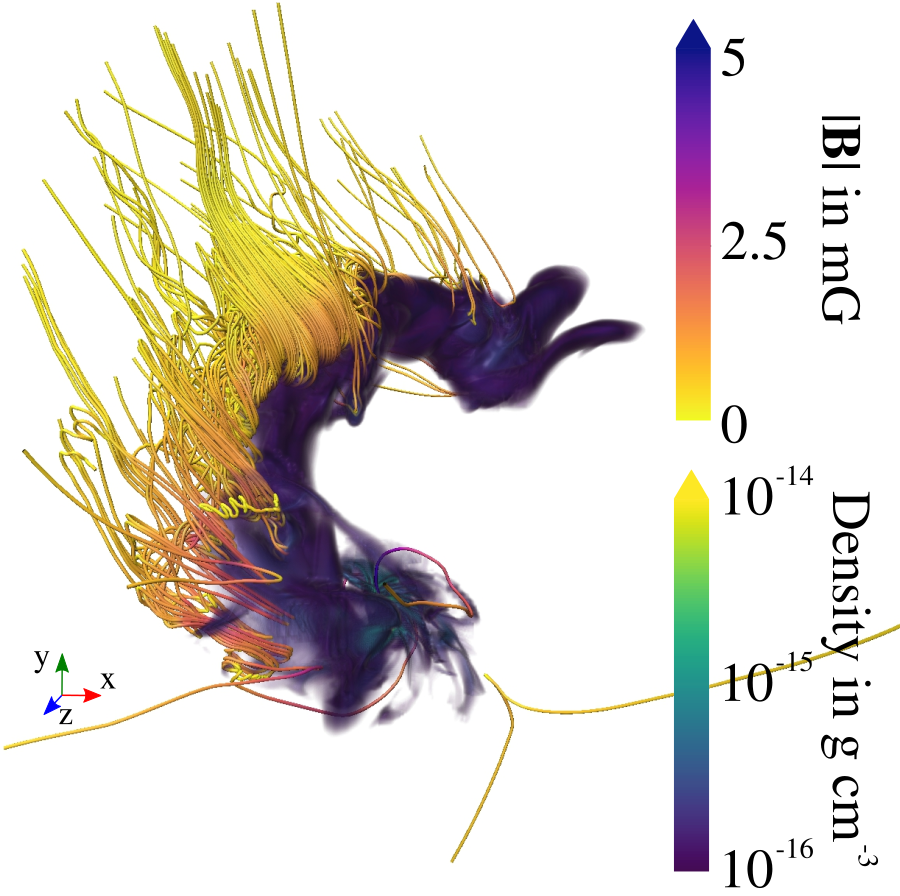
Küffmeier, Reißl et al. 2020
~1500 AU
Küffmeier et al. 2018
Angular momentum budget
- Large scatter of ang. mom.
- Increasing specific angular momentum for increasing final stellar mass
Specific angular momentum computed from all accreting tracer particles at the first snapshot after star formation
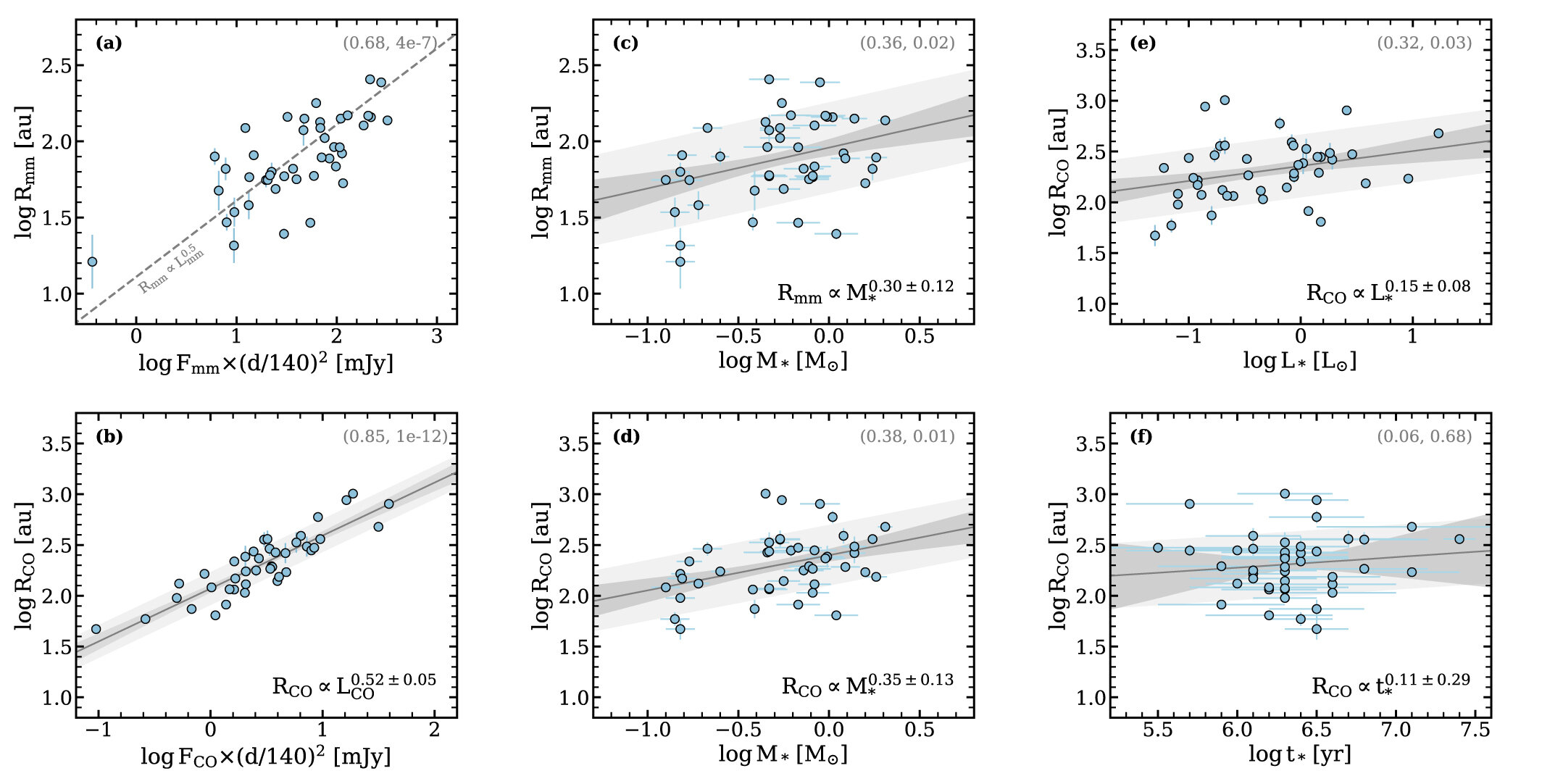
- subtle correlation with mass (inherited by disks??)
"We find marginal relationships between disk sizes and M*." (Long+ 2022)
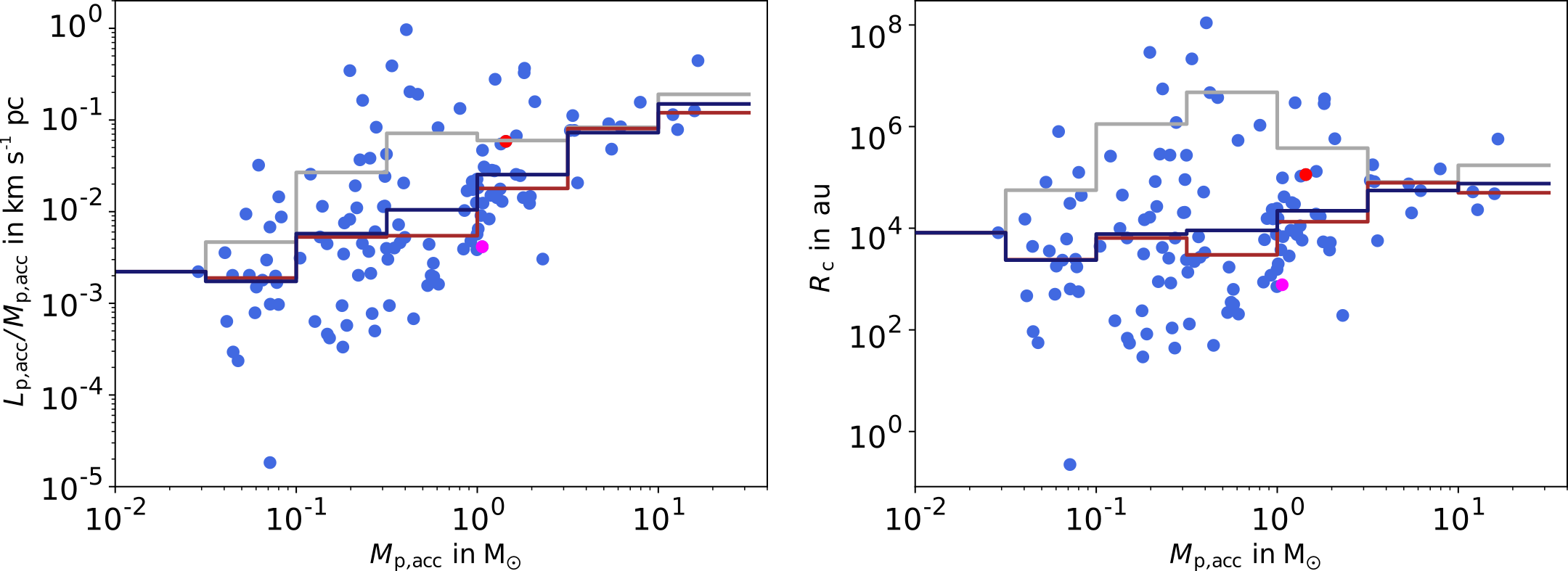
Küffmeier, Jensen & Haugbølle '23
magnetohydrodynamics
ideal MHD
Ohmic dissipation
Hall
ambipolar diffusion
Non-ideal
Effect of ionization on disk size
increasing ionization rate
enhanced magnetic braking
smaller disks
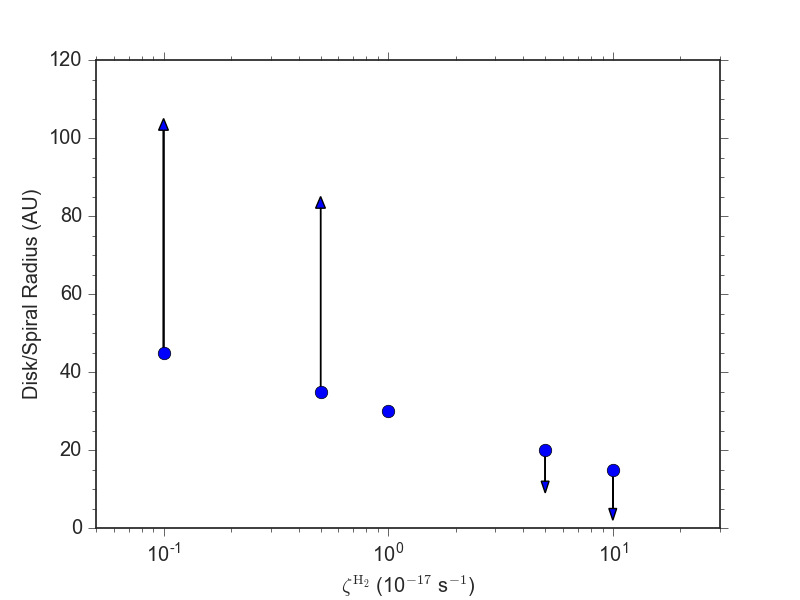
see also Wurster et al. 2018
Küffmeier, Zhao & Caselli 2020